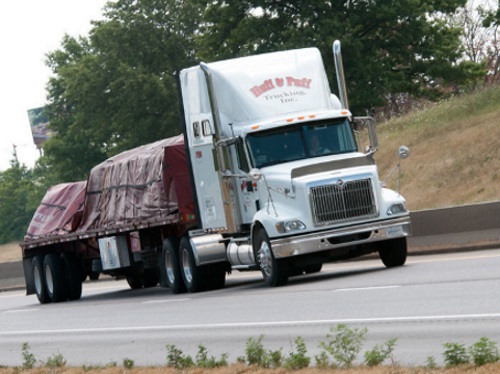The American Association of State Highway and Transportation Officials recently sent a five-page letter to the U.S. Department of Transportation to offer feedback on the agency’s 2025 National Freight Strategic Plan or NFSP.
[Above photo by MoDOT]
The USDOT issued a Request for Information regarding its NFSP in July 2024 – seeking input from freight industry stakeholders and the general public as it crafts the 2025 update to that national plan, which will inform the next half-decade of freight policy, investment, and innovation undertaken by the agency.
AASHTO noted in its letter that state departments of transportation support a multimodal approach to developing freight networks by investing in highway, rail, seaports, and air cargo projects.
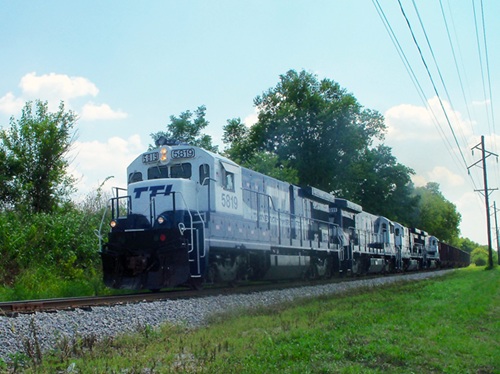
To that end, AASHTO said state DOTs back three key overarching goals outlined by the USDOT for the 2025 NFSP: Improving the safety, security, and resilience of the national freight system; modernizing freight infrastructure and operations to grow the economy, increase competitiveness, and to improve quality of life; and developing data, technology, and workforce capabilities that improve freight system performance.
“First, there is no greater priority for state DOTs than keeping our residents and travelers safe when using our transportation networks,” AASHTO stressed in its letter. “We believe that incorporating safety, security, and resilience improvements in the NFSP aligns perfectly with a focus on a safer transportation system for the public and workers who build and maintain this system.”
The organization said that achieving a safe and resilient freight system – one that addresses the needs of both urban and rural communities – means states must be allowed to drive where and how funding for those investments is directed.
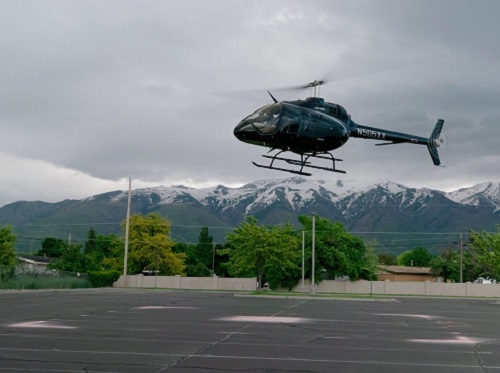
“AASHTO supports robust investments in infrastructure through formula funding and policies that allow states the flexibility to boost efforts to improve and modernize our transportation system, drive innovation, and utilize technology,” the group emphasized.
Finally, AASHTO noted that a variety of new technologies are critical to the development and maintenance of a multimodal freight transportation system and should inform infrastructure investment decisions and regulatory policy.
“Core elements include data-driven decisions, the responsible use of artificial intelligence, the safe implementation of connected and automated vehicles, and continued support for workforce development in private and public transportation sectors with an eye toward how technology can improve working conditions and recruitment,” the organization pointed out. “The next NFSP must address these issues to help move future investments in our transportation system forward.”
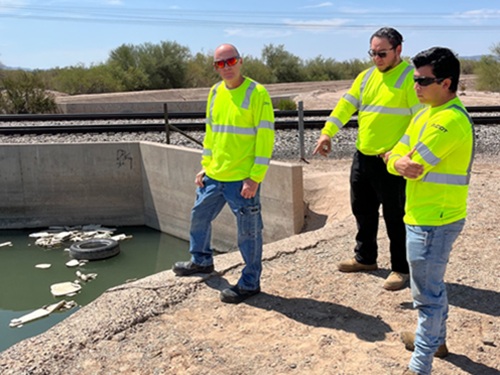 Nation
Nation
Arizona DOT Workers Save Woman from Drowning
August 15, 2025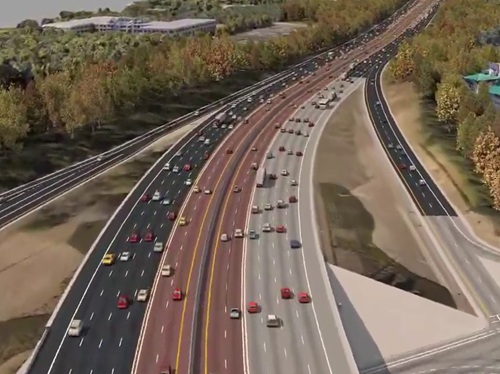 Nation
Nation
